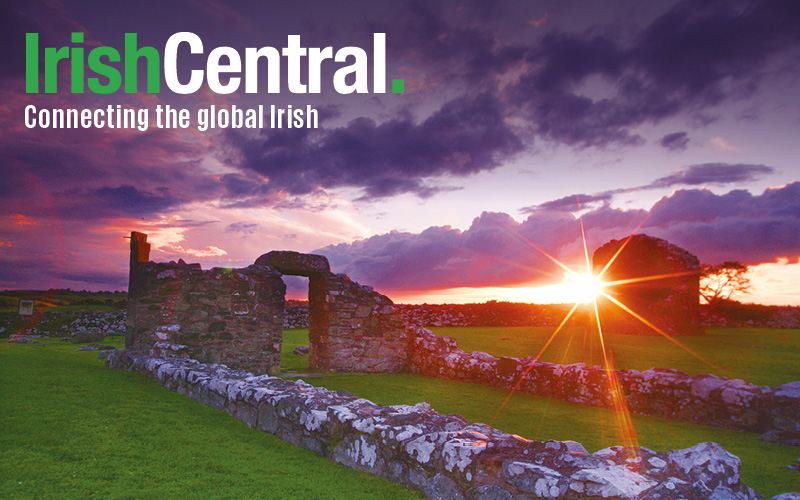PHOTOS - 1,000th anniversary of the Battle of Clontarf and death of Brian Boru
In the run up to the 1,000 year anniversary of the Battle of Clontarf, and the death of High King Brian Boru, international academics took to the floor at Trinity College Dublin to ask whether it was “a grudge rebellion or the medieval equivalent of the 1916 Rising?”
The world’s leading authorities on the Battle of Clontarf gathered in Trinity in a bid to establish the truth of what really happened at the battle as part of a major international conference to mark the 1,000th anniversary of the conflict and the death of Brian Boru.
There are few more emblematic dates in Irish history than that of the Battle of Clontarf, fought on Good Friday, 1014, when the high-king Brian Boru lost his life in the hour of victory against his Scandinavian and Irish foes. Traditional interpretations remember the battle as the medieval equivalent of 1916 with Brian as the martyr hero who led his people to victory over their would-be heathen conquerors on Good Friday. But more recent interpretations favor the view that the battle was little more than the culmination of a rebellion against Brian, the King of Munster, by the insubordinate king of Leinster and his Dublin associates.
The conference entitled ‘Clontarf 1014-2014, the 16th Medieval Dublin Symposium,” organised by Trinity’s Department of History in partnership with Dublin City Council, brought together, for the first time, all the world’s leading authorities on the subject.
Ruth Johnson, the Dublin City Archaeologist told IrishCentral that the beauty of celebrations and discussions of this sort is that it could lead to great leaps in academia on the subject.
She said, “What’s really nice about it is that because of this millennial celebration a lot of leading scholars are engaging on one subject. It’s a like a hothouse.
“Usually when this happens there’s a leap forward in academia because so many people are working on the same material and creating a fantastic dialogue and debate.”
The conference at Trinity aimed to establish the truth of what really happened at Clontarf for a 21st century audience and to re-evaluate the role of Brian Boru in the light of the latest cutting-edge research, including a reinvestigation of Brian’s ancestry to see where he fits into the DNA of the nation. It also highlighted recent research on the subject of the high-kingship of Ireland and of the role of the Vikings in medieval Ireland.
Conference organizer Dr Seán Duffy, Associate Professor of Medieval History at Trinity, said “The truth of the Battle of Clontarf is that it was no Leinster v. Munster interprovincial grudge match. If it was, it couldn’t be classed as a victory for Brian Boru, since he was killed there.
“The only way Clontarf could be considered a victory is if he gave his life confronting a much more menacing enemy than the king of Leinster: in this way, the high-king’s followers could reluctantly accept his loss as the price that had to be paid for what he had averted on that momentous day – a full-scale Scandinavian invasion of Ireland.”
“Brian Boru the man and the myth are right at the core of the Irish imagination. The emblem of the nation – displayed on everything from our coinage and the presidential standard to a pint of Guinness and on display in Trinity College – is the Brian Boru harp.”
Referring to President Higgins' recent state visit to Britain he said, “Perhaps President Higgins will remind Queen Elizabeth that she too is a descendant of Brian Boru. Via James VI she is descended from Robert the Bruce, whose grandmother was granddaughter of Strongbow and Aoife MacMurrough, whose great-great-great grandmother was Brian’s great-great-great granddaughter. It is time that the real Brian, his real achievements and legacy are properly understood and interpreted for a modern audience.”
PHOTOS - 1,000th anniversary of the Battle of Clontarf and death of Brian Boru
Love Irish History? "Like" IrishCentral's History Facebook page now and you'll never miss an update again!




Comments